How dogwood is useful: what beneficial substances are included in the composition

Dogwood is a fruiting shrub with bright red berries. The fruits are very healthy and help with various diseases. They not only have excellent taste, but also medicinal properties, therefore it can be used both in cooking and in alternative medicine.
Content:
- Dogwood: composition, useful components
- Beneficial features
- Use in folk medicine
- Contraindications for use
Dogwood: composition, useful components
Dogwood is a shrub or small tree that produces red berries. They are very healthy and low in calories: about 45 kcal per 100 g. Berries contain vegetable protein, carbohydrates, dietary fiber, and sugar. The composition includes a large number of useful microelements and vitamins.
Vitamins C, PP, and beta-carotene predominate in the berries. The berries contain the following microelements: sodium, calcium, potassium, iron, phosphorus, zinc, sulfur, etc.
Dogwood is rich in tannins: catechins, anthocyanins, flavonoids. Regular consumption of dogwood during the season allows you to enrich the human body with essential vitamins and microelements.
Beneficial features
Due to the large number of nutrients contained in dogwood, the berries are used to treat many diseases and prevent them. Dogwood is useful for pathologies of the gastrointestinal tract: heartburn, indigestion, gastritis.In addition, it helps remove toxic substances from the body and normalize the functioning of the gastrointestinal tract.
When consumed dogwood you can significantly improve your health. Berries help get rid of the following diseases:
- Skin diseases
- Blood diseases
- Gout
- Arthritis
- Gallbladder and liver diseases
- Diseases of the cardiovascular system
- Kidney problems
Dogwood has a pronounced anti-inflammatory and bactericidal effect and is successfully used for colds and flu. These healing berries activate metabolic processes in the body and are allowed to be consumed for diabetes.
Dogwood fruits also help eliminate headaches, normalize blood pressure, and remove uric and oxalic acid from the body. Dogwood strengthens the walls of blood vessels, prevents the fragility of capillaries, and is also used if swelling of the legs and venous insufficiency are observed.
Use in folk medicine
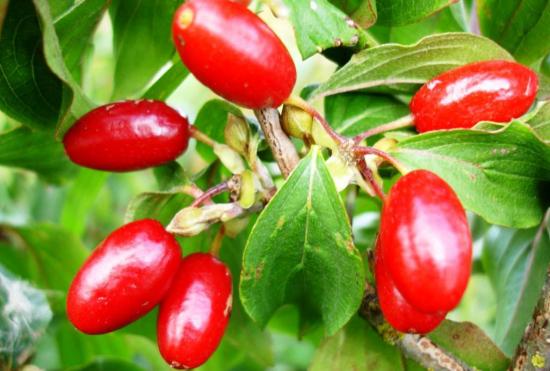
Dogwood berries and seeds are actively used in folk medicine. To prevent vitamin deficiency, you can consume berries not only fresh, but also in the form of a healing decoction. The fruits are poured with water in a ratio of 1:2 and boiled over low heat for about half an hour. Next, strain and add water to the original volume.
Popular recipes for use dogwood:
- A decoction for colds. A tablespoon of berries is poured into 260 ml of boiling water and left for 12 hours. Next, the broth is divided into portions and consumed 50 ml 4 times a day. Tincture for diabetes. Pour 10 g of dried berries into a glass of hot water and leave for an hour. Should be taken between meals every time there is an exacerbation.
- Healing decoction for rheumatism. Grind the roots of the plant and pour a teaspoon of raw material into 300 ml of water. Place the container on the fire and boil for about 20 minutes.Then leave to infuse for a couple of hours and then strain. Take 2 tablespoons before meals three times a day.
- Decoction for diarrhea. For diarrhea, take 2 tablespoons of dry leaves and pour a glass of boiling water. Cook for about 10-15 minutes. Leave to set for 7-8 hours. Take 1/2 cup 2-3 times a day. This decoction can be used as a tonic.
For migraines, you can make a compress from dogwood berries. They need to be kneaded and wrapped in gauze. Apply the finished compress to your head.
Contraindications for use
Video about planting dogwood and its beneficial properties:
Although dogwood has numerous beneficial properties, but not recommended for everyone. Main contraindications for use:
- Increased stomach acidity
- Gastritis
- Ulcer
- Chronic constipation
- Increased blood clotting
- Pregnancy and breastfeeding
It is not recommended to consume fruits before bedtime and in baby food. Dogwood has a tonic effect and can cause insomnia. Overweight people should not consume dogwood jam in large quantities.
How to collect and prepare
The berries begin to ripen in August and September. When berries are consumed fresh, they are harvested after they are fully ripe. If you plan to prepare for the winter, then there is no need to wait for this moment. You can pick the berries at the initial stage of ripening. The fruits should be collected in a basket or other container. There they ripen at temperatures from 0 to +2 degrees.
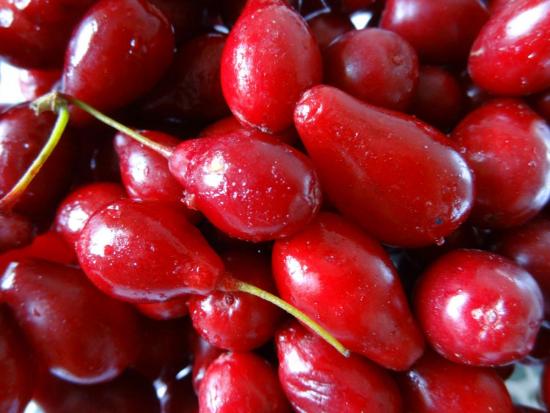
In the refrigerator, dogwood fruits can be keep no more than 12 days. In this case, they should be placed in plastic bags and holes should be made. You can make jam, preserves, syrup, marmalade, etc. from dogwood for the winter. You can store dogwood in dried form.The berries are laid out on bedding in small layers and left in a ventilated area. The dogwood bark is harvested in early spring, the leaves are harvested during the flowering period.

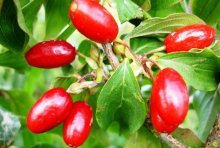
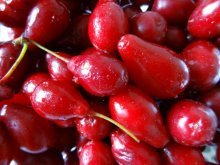
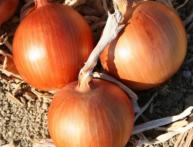
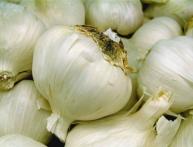
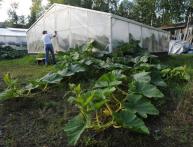
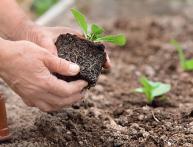
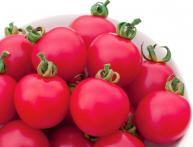
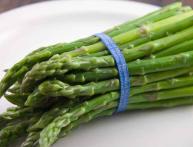
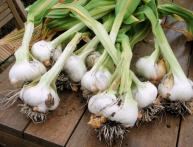
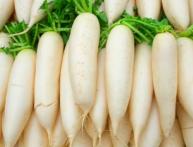
Comments
I haven’t tried dogwood fresh yet; it doesn’t grow here, but dogwood jam is very tasty, with a sour aftertaste. I didn’t know that dogwood is such a useful plant, the fruits of which can cure many diseases.
For the winter, we always make jam and compote from dogwood, but we buy it in a neighboring town. I don’t really like berries myself, but the compote turns out to be truly tasty and thirst-quenching.